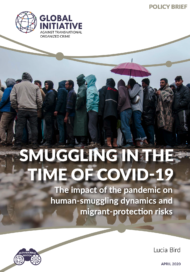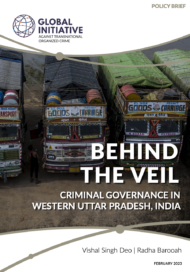Posted on 28 Apr 2020
Efforts to counter the COVID-19 pandemic have seen unprecedented restrictions on movement being imposed in many countries, both at borders and within countries. Some communities and policymakers have adopted increasingly hostile attitudes towards migrants, whom they perceive as contagion risks. Barriers to movement are therefore not only state-imposed but can also be community led.
While these measures are reducing migration and the smuggling business in many regions in the short term, they are also heightening migrant-protection risks.
Such measures are also likely to swell the profits of the smuggling industry in the medium term. COVID-19, and the measures introduced to control it are likely to increase the drivers for movement; the vulnerability of migrants at any point in their journey; the militarization of borders; and the further reduction of safe and legal routes.
As the policy environment becomes more hostile to migration, the operating risks and prices of smuggling look set to rise. This may drive out operators with a lower risk appetite and attract organized-crime groups, who are more likely to exploit migrants for ever greater profit.
To avoid emerging into a post-pandemic landscape characterized by a dramatically more severe migrant crisis and a more lucrative and professionalized smuggling market controlled by organized crime, it is key to monitor and mitigate the impact of COVID-19 on migrants and refugees throughout the pandemic.




